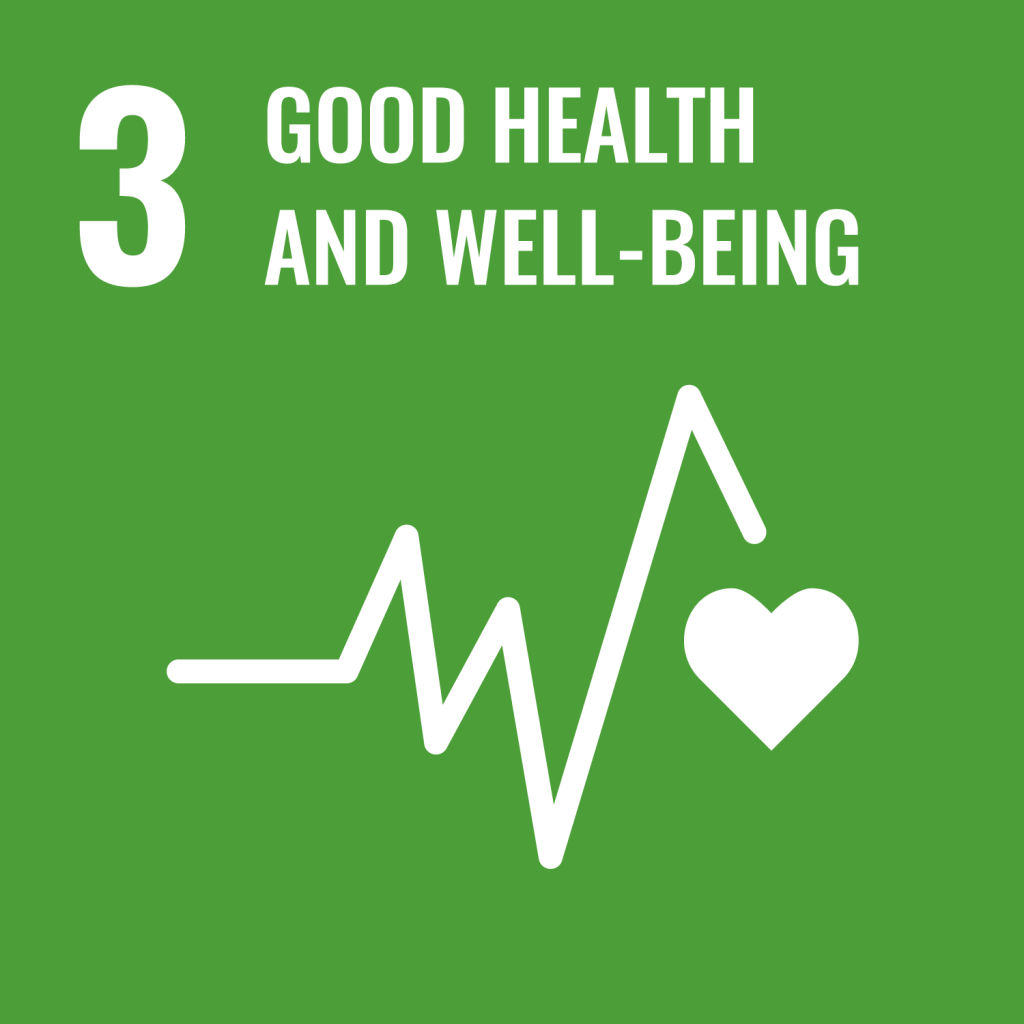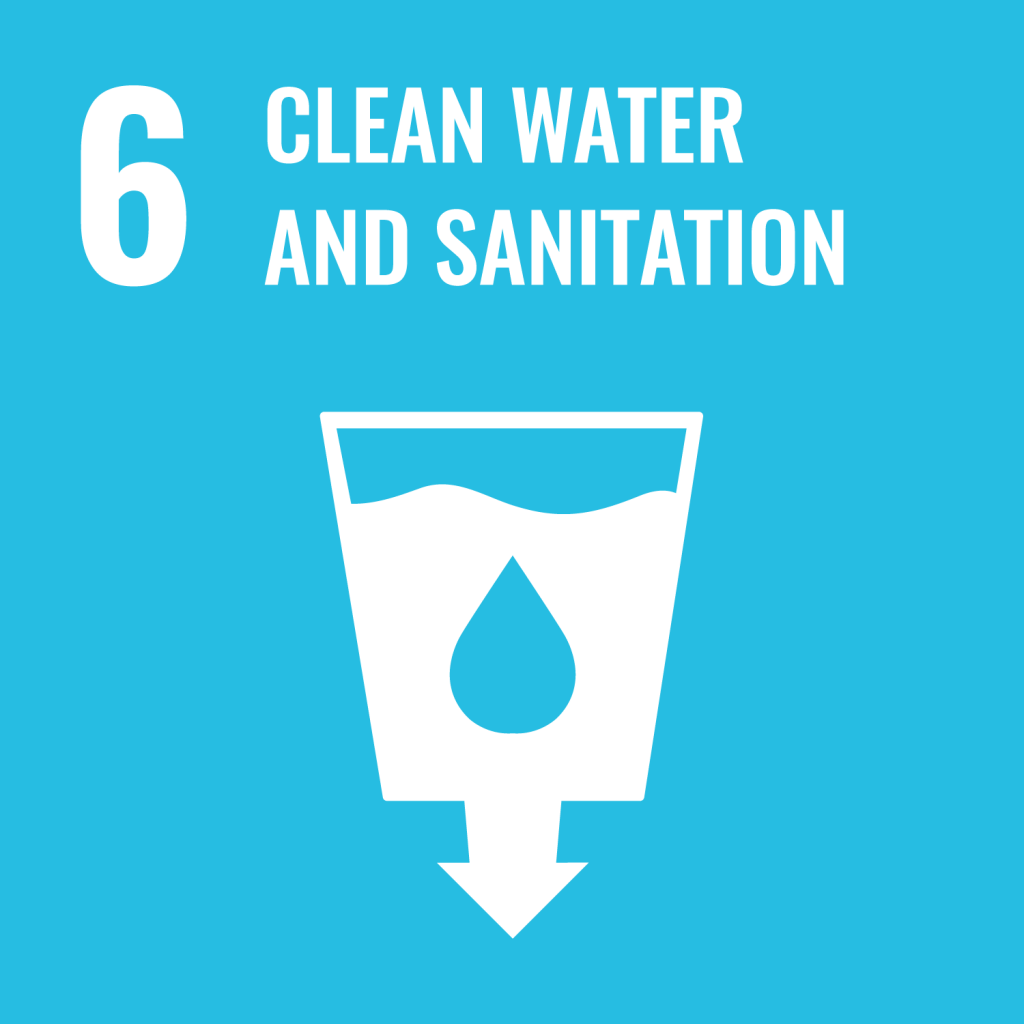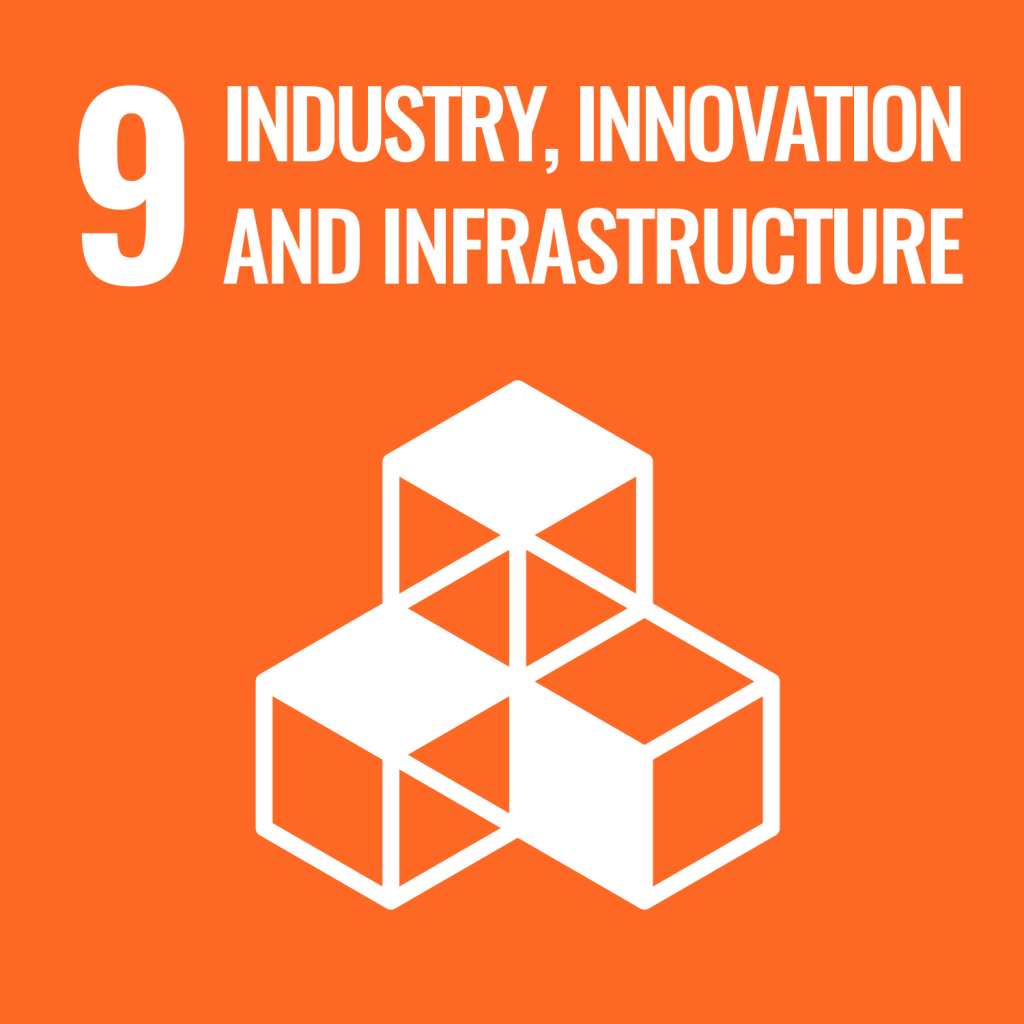
No wasted effort: Effective wastewater surveillance methods for monitoring infections gleaned from COVID-19 case study in Japan
A research team including members from Osaka University identified appropriate investigation methods for wastewater surveillance to accurately monitor regional COVID-19 infection trends.
Wastewater surveillance has gained attention as an effective method for monitoring regional infection trends. In July 2024, the National Action Plan for Novel Influenza, etc. included the regular implementation of wastewater surveillance during normal times, with results to be published periodically in Japan. However, when viral concentrations in wastewater are measured inadequately or show significant variability, the correlation with actual infection trends may weaken. This study identified the necessary methods for accurately monitoring COVID-19 infection patterns.
The research team analyzed wastewater data obtained from the city of Sapporo in northern Japan between April 2021 and September 2023. The dataset featured high sensitivity (100 times greater than the standard method) and high reproducibility (standard deviation below 0.4 at log10 values) and was supported by a substantial sample size of 15 samples per week, totaling 1,830 samples over a sufficient survey period of two and a half years. The correlation coefficient between the number of infected individuals and the viral concentration in the wastewater was 0.87, indicating that this method effectively tracks regional infection trends. Additionally, the research team concluded desirable survey frequency requires at least three samples, preferably five samples, per week.
"Although some people have concerns about variation in virus concentrations, we believe that it is possible to accurately assess regional infection trends with appropriate survey methods," says lead author Michio Murakami. "This research is significant as it offers a concrete example of effective wastewater surveillance by using COVID-19 as a case study."
The study provides detailed guidance on wastewater surveillance methodologies for understanding infection trends, focusing on data processing, analytical sensitivity, and survey frequency. As wastewater surveillance during normal times becomes more widely implemented and its results increasingly published, this study’s findings are expected to serve as valuable resources for decision making.
Fig.
Survey methods required for wastewater surveillance to determine the COVID-19 incidence in the community.
Credit: Michio Murakami, Hiroki Ando, Ryo Yamaguchi, Masaaki Kitajima: Evaluating survey techniques in wastewater-based epidemiology for accurate COVID-19 incidence estimation, Science of the Total Environment, Available online 5 October 2024, 176702. https://doi.org/10.1016/j.scitotenv.2024.176702
The article, “Evaluating survey techniques in wastewater-based epidemiology for accurate COVID-19 incidence estimation,” was published in Science of the Total Environment at DOI: https://doi.org/10.1016/j.scitotenv.2024.176702.



